SEO plays a vital role of many digital marketing plans. The SEO landscape has seen a period of huge change since 2011 and will only keep on evolving. How can businesses check their health? Why should they – what are the risks of not checking? What impact does this have on the bottom line and the relationships that business may have with agencies?
On the 6th November 2014 I spoke at the Figaro Digital Health Check & Marketing Summit discussing how the client agency relationship has developed between Branded3 and long term client, Powwownow.
Econsultancy say 55 per cent of companies will spend more on SEO in 2015, up from 51 per cent a year ago. There isn’t always flexibility built into budgets, yet, marketers need to understand how channels work together and affect budget usage. Throw in how quickly channel best practice can change and there lies the challenge.
In SEO terms, it’s no longer enough to just be building links as a strategy (has it ever been). Focus on mitigating risk with results you’ve already achieved and manage any potential future downfall from doing the same old thing. If your not hitting SEO numbers don’t make assumptions and try to link-build your way back on target. Link building is often seen as a short term and quick solution – understanding the change that SEO has gone through is the biggest challenge for clients and therefor explaining the change is the biggest challenge for agencies. It’s a fast paced industry but SEO is a long-term investment.
Brands that can gain a seamless digital experience will win in 2015. regardless of device or channel, being channel agnostic is what consumers want and so has to be what brands and agencies deliver. What this means for SEO is that all content needs to be useful at numerous points in the value chain. Traditionally SEO has been seen as an acquisition channel but content for example should be engaging users at the consideration and post-purchase stage.
So what can brands and agencies do to facilitate this change?
- Involve your SEO agency/team in broader marketing activity.
- Continually assess historic work
- Ensure content and websites reflect other marketing channels and activity


